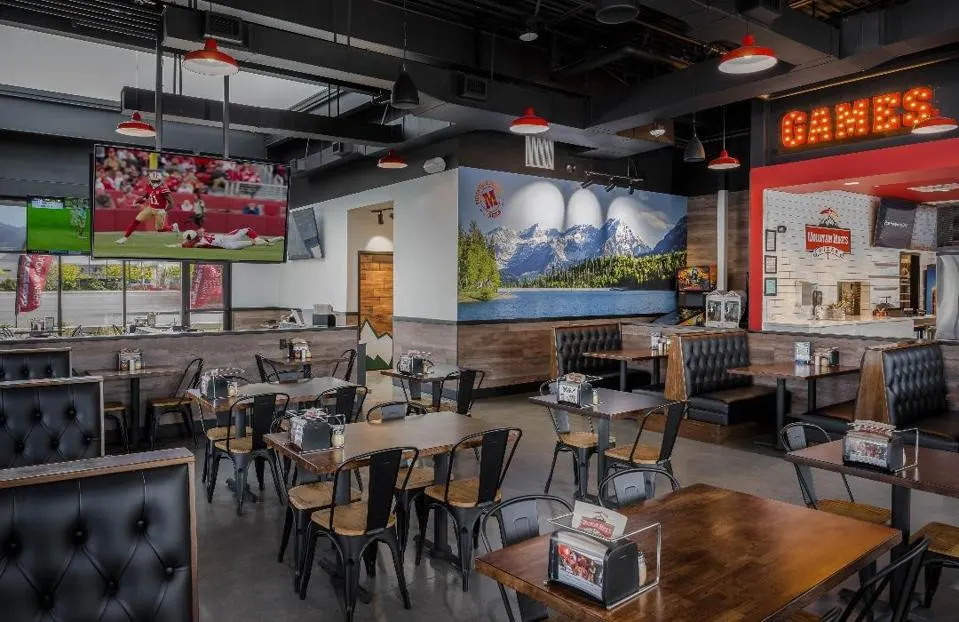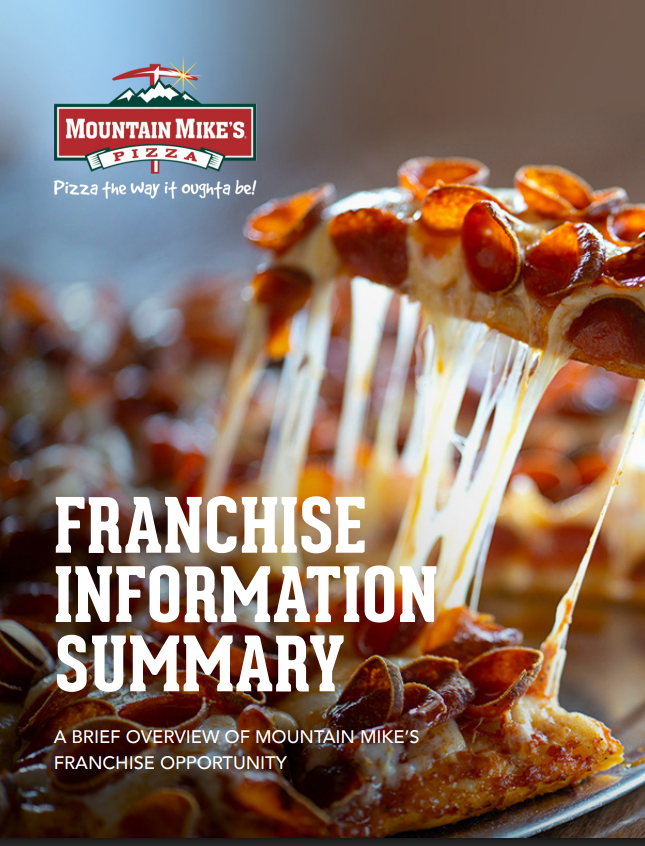
In August 2024, Mountain Mike’s Pizza, which has 289 all-franchised locations in 8 states, reported that it had opened 15 pizza shops in 2023 and is on target to add about 27 new locations in 2024, revealing its steady growth.
It also touted its escalating number of digital orders. App orders rose 40%, app sales increased 35%, and digital sales now comprise 44% of all revenue. And, of course, that would likely be true for most major national pizza chains.
But Mountain Mike’s Pizza CEO Jim Metevier (who had been with KFC for 22 years with 3 years spent as its COO) who is based in Newport Beach, Calif., makes it clear that dining-in continues to be pivotal in its revenue flow and hasn’t been forgotten or short-changed. In fact, dining-in constitutes about 25% to 30% of its overall revenue at most locations, which can rise to 50% at others, and overall spiked 6% in 2024.

Metevier attributes the fortitude of its dining-in business, despite the skyrocketing influence of digital sales, to several of its strategies including its introducing lunch buffets, salad bars and arcade games. He says “the brand is rekindling the classic pizzeria nostalgia that many chains have overlooked.”
Of course, he acknowledges that “digital sales are an important part of our strategy,“ but so is attracting guests who dine on premises. “We want to meet guests where they are,” he says.
Despite the reliance many pizza chains are putting on digital sales, Mountain Mike’s Pizza CEO still believes that dining in-house plays an invaluable role.
Increasingly he reads about the increased loneliness across America, in which many people “have digital connections but don’t have real connections,” he asserts. During Covid, Metevier points out, “Everyone was forced into caves. And now people are yearning for true connection.”
Dining-in enables family members, friends, and co-workers to meet and chat and stay connected live and in person, not on Zoom, but at a meal.
Hence, it’s encouraging guests to dine in. For example, the lunch buffet, served 11:00 a.m. to 2 p.m. on weekdays, offers an unlimited array of fresh pizzas as well as the create-your-own-salad bar. The salad bar is part of the lunch buffet but can also be ordered as a separate item. The cost of most salad bars is in the $10 to $12 range, depending on location, and the lunch buffet goes for $13 to $15.
The lunch buffet includes all you can eat pizza, garlic knots, and the salad bar. Isn’t that too much food to consume at lunch for most guests? Metevier replies that “It all depends on the person.” It quickens the time spent at lunch because the pizza is already prepared and that makes it easier for many patrons to dine out.
To entice customers, in January 2024 it offered a special $10 (minus a penny) lunch special, for the month.
Sporting Partnerships Play a Role
Mountain Mike’s Pizza fosters partnerships with sports teams, such as the San Francisco 49ers, and that encourages Little League teams and football teams to dine there and watch games via TVs located in its dining room.
It promotes these dine-in luncheon options via a variety of digital and social media. “We spread the news anywhere we can,” he says.
All of its locations offer arcade games, some with a couple of games and some have 20 games. One franchisee added 1100 square feet to put in about 20 arcade games in central California. Contrary to expectations, guests of a variety of ages, not just teenagers, participate in these games.
In fact, 100% of the new locations that opened this year serves the lunch buffet and 90% of the existing franchisees also do. He adds that it is actively pursuing its goal “to have 100% of the restaurants have both.”
Metevier describes its likely adding close to 30 new pizzerias this year as “thoughtful development. We don’t want to get ahead of ourselves.” He noted that its first outlet in a Dallas, Tx. suburb has spawned new deals in Houston and Austin and in nearby Arkansas. In 2025, it expects to expand into 12 states, from its current 8 states.
Asked why it continues to rely on sit-down dining when much of the world is gravitating to digital sales and mobile-app take-out, he replies, “I have no desire to move to a model of 90% carry-out business. I think it’s important for our brand to stay committed to our local communities and stay involved,” he says.
Furthermore, he says, dining in “financially makes sense and offers a strong return on investment. You’re involved in a community and create a common place where people can gather.”

 FILL OUT OUR FORM TO RECEIVE A COPY OF OUR FRANCHISE INFORMATION REPORT!
FILL OUT OUR FORM TO RECEIVE A COPY OF OUR FRANCHISE INFORMATION REPORT!